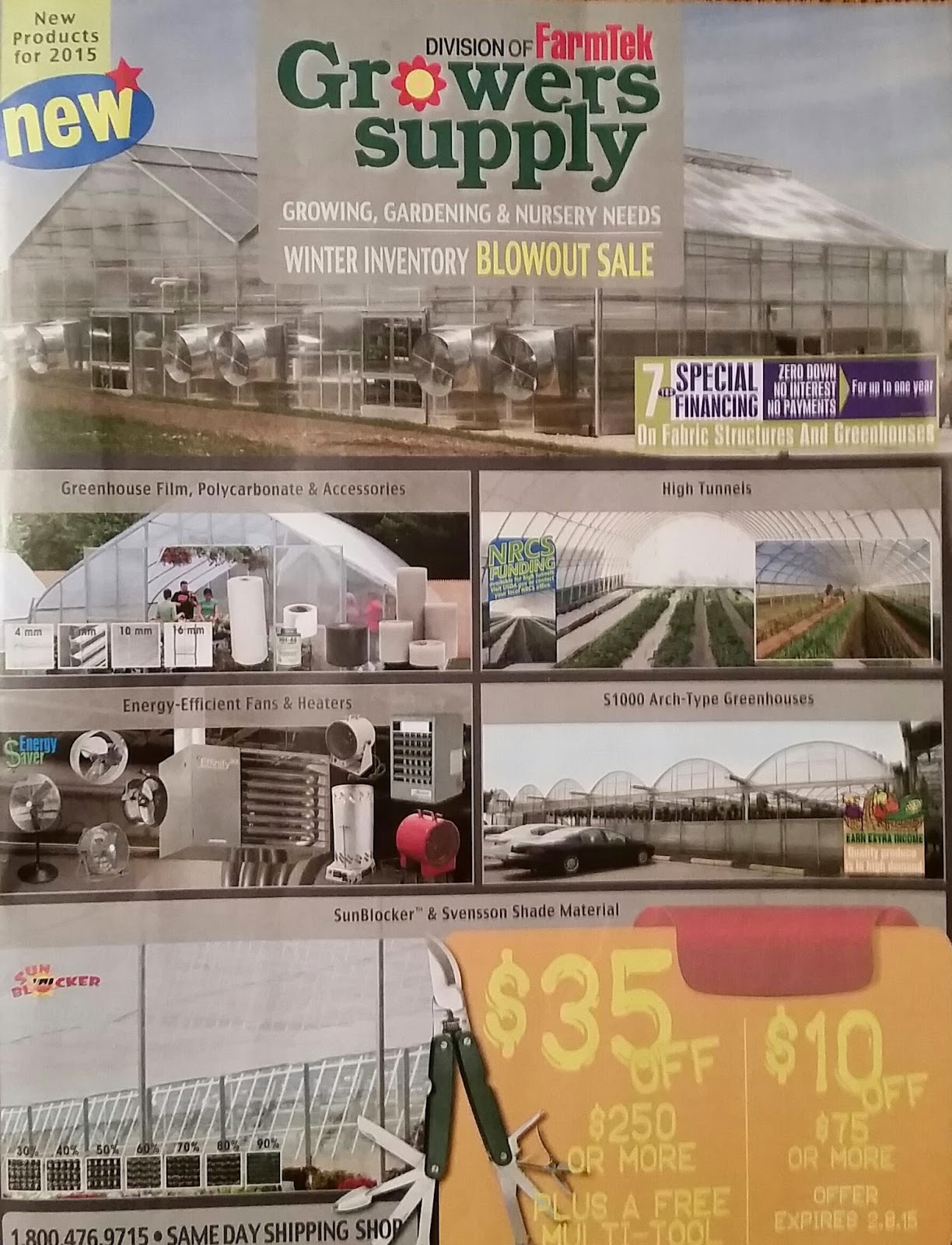For this post I will be taking a closer look at heirloom vegetables. Heirlooms have become very popular over the last ten years or so. I have been enjoying growing the heirloom varieties, especially tomatoes. But what exactly is an heirloom vegetable and why are they so popular?
According to most sources, an heirloom is an old, open-pollinated variety that is of high quality and easy to grow. As far as how old, some authorities say those vegetables introduced before 1951 qualify as heirlooms, 1951 being the first year hybrid vegetables were developed. Some gardeners prefer even older varieties, as some heirlooms have been passed down for hundreds and even thousands of years.
Open pollinated means that seeds from the vegetable can be grown and will come back exactly the same as the parent plant. A vegetable can only be called an heirloom after proving it remains true year after year. On the other hand, the same is not true for hybrid plants. Therefore seeds from heirlooms can be saved and passed down from generation to generation.
But why are heirlooms so popular? One of the reasons I think is the nostalgic factor. Growing varieties that your parents and/or grandparents grew certainly has an appeal. I enjoy growing vegetable varieties that I remember my parents and grandparents talking about.
The main reason though is the flavor. These old varieties have the true flavor that vegetables should have. The more modern hybrids sometime lack in flavor and studies have shown that in many cases they are also less nutritious.
Hybrid varieties were developed over the years to produce more consistent looking, disease resistant, and higher yielding vegetables, which provide a much better mass appeal in grocery stores ,etc. These are much easier to grow in large quantities with consistent results.
Another advantage to growing heirloom vegetables lies in the ripening process. Hybrids are bred to ripen uniformly, thereby making it much easier to commercially harvest them all at one time. On the other hand, heirlooms tend to ripen more unevenly, which can be advantageous for the home gardener.
With the information I have provided, you should be able to decided whether or not you want to grow heirlooms. I highly recommend it, however I also grow some hybrid varieties as well. They both have their advantages, As far as where to purchase heirloom seeds, I will now provide some information on that topic.
Where To Purchase Heirloom Seeds
At one time heirloom seeds were hard to find, except for online or in seed catalogs. As their popularity increased, so did the availability of the seeds. They can now be found in most stores that sell seeds and even as plants.
In my post on December 31, 2014 (http://dansgardening.blogspot.com/2014/12/happy-new-yeara-first-look-at-2015-seed.html), I shared quite a few seed catalogs that I have already received. These all are good sources of heirloom seeds.
Heirloom Vegetable Varieties
With the every increasing availability of heirlooms available, it can be overwhelming to sort through the many varieties in search of ones that you may want to try.
Below is a guide I found at http://ecosalon.com/know-your-heirloom-varieties-a-guide-to-the-seasons-best-heirloom-fruits-and-vegetables/ which may help clear some of the confusion and give you food for thought:
Tomatoes: The tomato is perhaps the poster fruit for heirlooms. You can thank the flavorless, mealy tomatoes that dominate the market for sending our pallets towards juicy, sweet and tangy heirlooms. They’re everywhere now, even your local supermarket. Look for these heirloom varieties: Brandywines, Cherokee Purple, Green Zebra, Black Prince, Marvel Stripe and Flamme Orange.
Beans: Summer is full of bean varieties that bring so much nutrition and flavor to your plate. There are an incredible variety of heirloom beans as well. In fact, the Blue Coco variety is one of the oldest known heirloom beans available. It’s a pole bean, also known as Purple Pod and Blue Podded Pole. Keep an eye out for others, including the Brown Lazy Wife pole bean, the butter bean variety Beurre de Rocquencourt Bean, the Hickman Snap Bean, and look also for fresh varieties of hardier beans like the Light Brown Zebra Bean, a variety of the pinto and Black Turtle beans.
Peppers: Sweet or spicy, peppers are crunchy, full of flavor and vitamins, and make any dish better. Check now for some of these sweet heirlooms: the Sweet California Wonder, Jimmy Nardello’s, Napoleon Sweets; and these spicy varieties: Anaheim chiles, Caribbean red, Cubanelle, Fresno Chiles, and the Purple Tiger.
Melons: Nothing says summer like juicy melon all over your face. No more should you eat watermelon that tastes as dry as cardboard! Give some of these delightful heirlooms a try: Canary yellow, Crenshaw, Iroquois, Sakatas sweet and the Petit Gris De Rennes.
Cucumbers: Like their sweet melon cousins, cucumbers come in a tasty variety that make summer truly special. Try as many as you can as often as you can! The Lemon Cucumber may be my all time favorite heirloom summer treat. Others include: Arkansas Little Leaf, Crystal Apple, Lebanese Mirella, Tendergreens and Suyo Longs.
Finally, another nice sunrise at my home on Friday 1/22/15:
Until next time.









